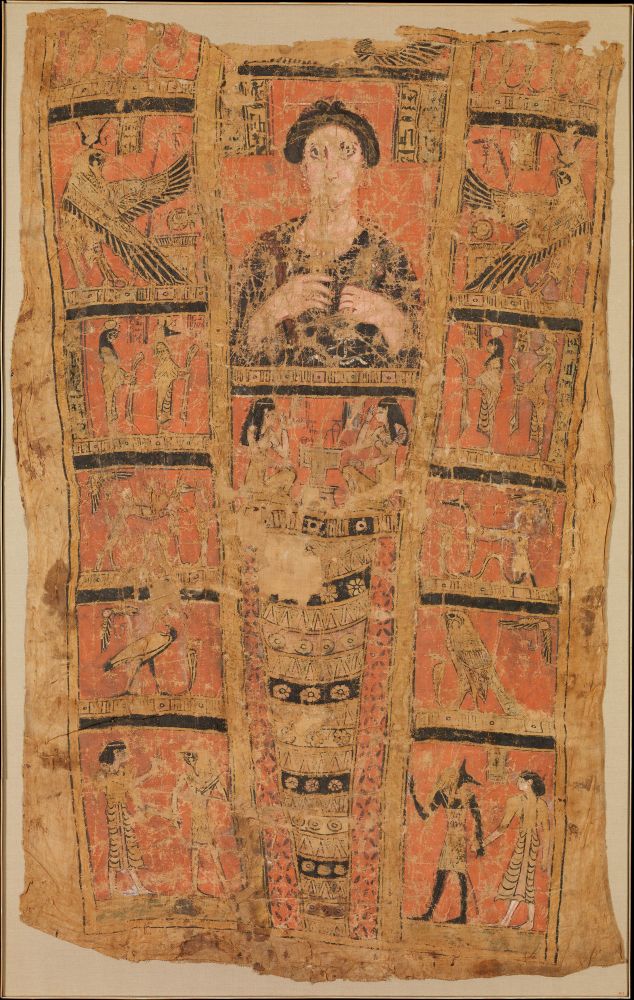The Partial Historians 🏺
@partialhistorians.bsky.social
5.3K followers
3.1K following
2K posts
After surviving exposure at birth, these unconventional academics realised they were destined to found the greatest Ancient Roman History podcast! 🏛📯⚔️
📘‘Your Cheeky Guide to the Roman Empire’ is out now! https://linktr.ee/ThePartialHistorians
Posts
Media
Videos
Starter Packs
Reposted by The Partial Historians 🏺
Reposted by The Partial Historians 🏺













